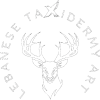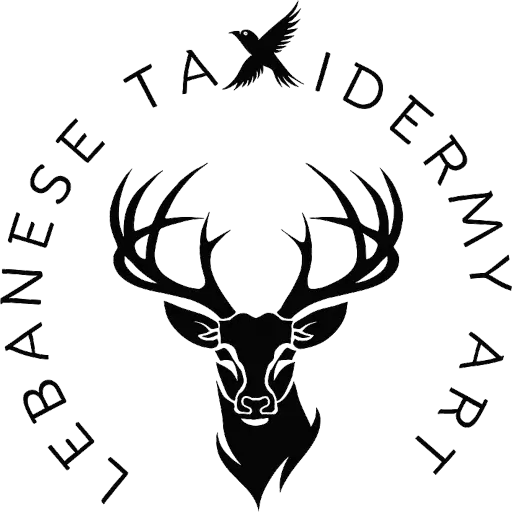Processing Statement
PROCESSING PROCESS DESCRIPTION WHEN WE RECEIVE A DEAD SPECIMEN
Step 1: Initial Preparation
– We confirm that all specimens have been subjected to a complete anatomical preparation.
– The specimens are professionally skinned, meaning we remove all the fresh tissue and fat.
Step 2: Washing & Cleaning
– When skinned, the specimen will be washed and then be salted.
– If the skin is finished, we will pickle it in a formic acid pickle bath or sometimes a chemical bath.
– After this process, we will neutralize the skin and wash it again.
Step 3: Preserving & Tanning
– We mix up enough tanning solution to tan the skin using **LUTAN F tanning**.
– When the tanning process is complete, it will be drained and put in a tumbler with hardwood sawdust to finish
and dry.
Step 4: Final Mounting
– The skin will then be mounted using modern taxidermy methods.
Step 5: Sanitization & Finishing Touched
– All wooden branches & bases have been treated with **prolonged deep freezing and formaldehyde** to
eliminate pathogens, insects, and render the specimens harmless to health and biosecurity.
PROCESSING PROCESS DESCRIPTION WHEN WE RECEIVE A DEAD BIRD SPECIMEN
Step 1: Initial Preparation:
– We confirm that all bird specimens undergo a complete anatomical preparation.
– The bird is professionally skinned, meaning we carefully remove all fresh tissue and fat while preserving the
skin and feathers.
Step 2: Washing & Cleaning:
– The bird skin is washed thoroughly to remove dirt, blood, and oils.
– It is then gently dried using absorbent materials or low air pressure to maintain feather structure.
Step 3: Preserving & Tanning:
– The skin is treated with a borax or formaldehyde-based solution to prevent decay.
– If required, the skin is further preserved using a specialized tanning solution such as LUTAN F to enhance
durability.
Step 4: Drying & Shaping:
– The preserved skin is carefully stuffed with appropriate materials such as cotton, wood wool, or artificial
bodies.
– Wire structures are inserted into the wings and legs for positioning.
– The bird is placed in a controlled drying environment to ensure the feathers set properly.
Step 5: Final Mounting & Positioning:
– Once dried, the bird is carefully mounted onto a base using modern taxidermy methods.
– The eyes, beak, and legs are painted or treated to restore natural appearance.
– Feathers are groomed and arranged to replicate the bird’s natural posture.
Step 6: Sanitization & Finishing Touches:
– All wooden branches & bases are treated with deep freezing and formaldehyde to eliminate pathogens and
insects.
– The specimen is inspected for any final adjustments before being considered complete.

